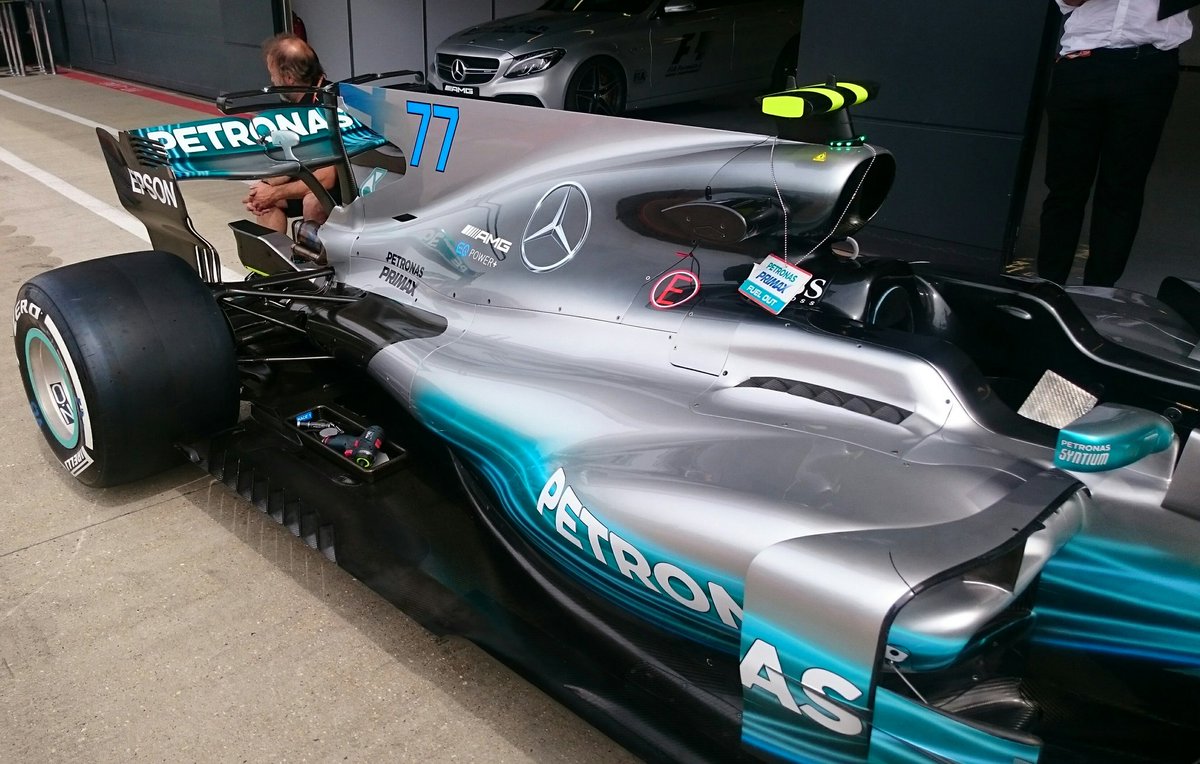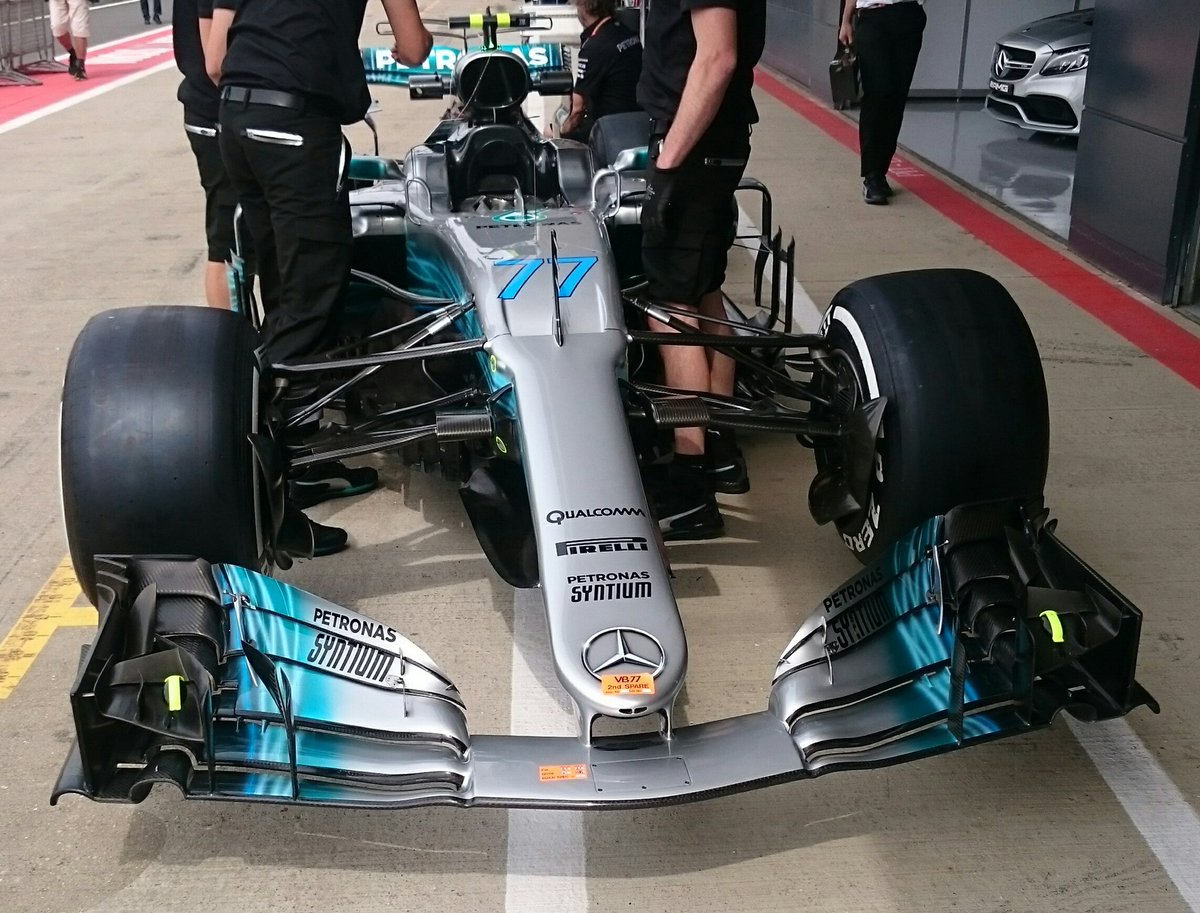They banged the front wheels, and the shunt wasn't that much of an impact to destroy the gearbox. But tough luck man, Lewis'NathanOlder wrote: ↑07 Jul 2017, 20:52Precautionary change due to damage sustained in Baku. The Vettel incident ??!!??
- Login or Register
No account yet? Sign up










